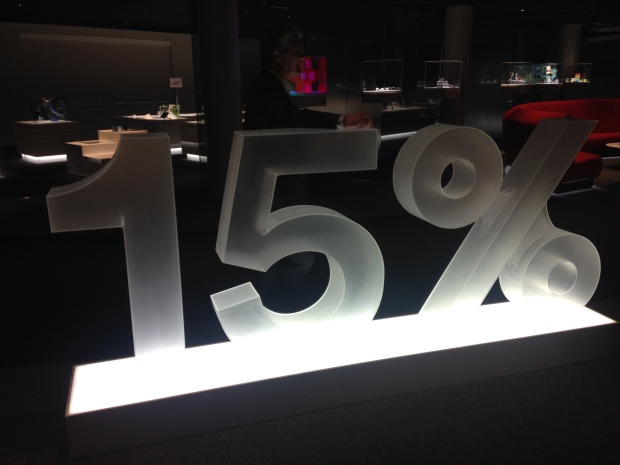
What happens when a company supports Side Projects?
Last week I got to visit 3M‘s UK HQ in Bracknell, meeting up with one of their Innovation leads, to talk about creativity, innovation, and entrepreneurial thinking. 3M’s positioning innovation at the core of their business is probably the reason they are so successful.
However, because I’ve been thinking about ‘side projects’ one aspect of their corporate culture jumped out for me – the 15% rule.
Employees are enabled and encouraged to spend 15% of their time on projects not specifically tied to their day-to-day duties and targets but are nonetheless believed to be in the long-term interests of the company – “something that is not part of today’s plan” was how it was described on our visit. They’re a chance to pick away at interesting ventures, conduct speculative research, and tap into the company’s rich forums of discipline experts to develop ideas. This is very much side-project time and the company has had some spectacular successes emerging from it – Post-it Notes, Scotch Tape, and Electronic Stethoscopes for example!
That 15% time is made more powerful because of a wealth of other features of internal innovation infrastructure that 3M invest in:
- A vision right from the top that emphasises innovation
- Corporate targets for growing new business from new ideas
- Internal funds, rewards, and recognition for innovative employees
- Cross-cutting internal groups – both formal and informal – that enable diverse connectivity
- A vast array of ‘technological platforms’ that the company can draw expertise from
But it’s also part of the company’s own mythology – a persistent set of stories within the company that reinforce a culture of creative confidence in its scientific community at least.
However, a bit like Google, the 15% might err towards a ‘115%’ in that the company don’t necessarily formally carve that time out of the workload for staff to operationalise. Different staff use it in different ways and inevitably sometimes the day-to-day work forces out the speculative projects. Nonetheless, the profile the 15% has in the company suggests it is meaningful and some staff will find projects that move out of the 15% into a far bigger proportion of time as they prove successful.
Having mentioned Google – and their similar 20% time principle (5% more!) I have to point out that 3M started their 15% time in 1948 – almost 50 years before Google even existed!
What can we learn from this about side projects?
- They’re not part of today’s day-to-day plan, but they’re a speculative investment in something that may be part of a future plan
- They benefit from dedicated/permitted time assigned to them
- They flourish when recognised, resourced, and rewarded
- Diverse networks of resource and support help them grow, prove themselves (or fail fast), and gain traction
- They build confidence
More on Innovation at 3M from HBR.
One thought on “The Corporate Side Project”